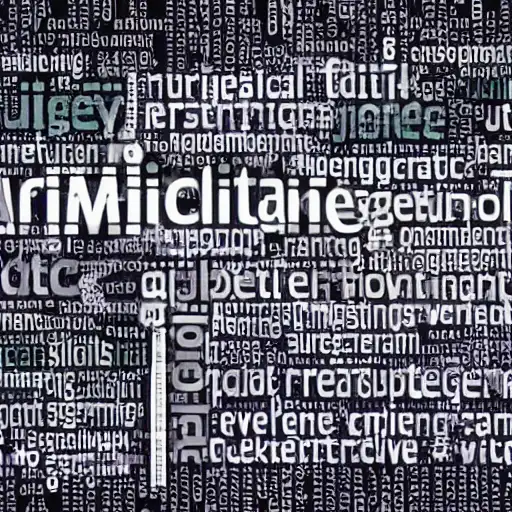
August 16th, 2023
Welcome back to our Advanced Machine Learning series! In this blog post, we'll explore the revolutionary domain of Federated Learning, where AI models are trained in a collaborative, privacy-preserving manner across multiple decentralized data sources.
What is Federated Learning?
Federated Learning is a distributed machine learning approach that allows multiple devices or data sources to collaboratively train a shared model while keeping the raw data locally on each device. Instead of centralizing data in a single server, federated learning brings the model to the data, ensuring data privacy and reducing communication overhead.
Key Concepts in Federated Learning
- Federated Learning Architecture: The federated learning architecture consists of a central server (or coordinator) and multiple client devices (or nodes). The central server sends the initial model parameters to the client devices, which train the model on their local data. The client devices then send back only the model updates, rather than the raw data, to the central server. The server aggregates the updates to improve the global model and the process iterates to refine the model further.
- Model Aggregation Techniques: Federated Learning faces challenges in aggregating model updates from various clients with different data distributions and sizes. Techniques like Federated Averaging, Federated Proximal Gradient Descent, and Secure Aggregation are used to combine model updates while accounting for communication constraints and privacy concerns.
- Privacy-Preserving Techniques: To ensure data privacy, federated learning employs techniques like Differential Privacy and Secure Multi-Party Computation. Differential Privacy adds noise to model updates to protect individual data, while Secure Multi-Party Computation enables computations on encrypted data without exposing raw information.
Applications of Federated Learning
Federated Learning finds applications in various domains, including:
- Healthcare: Federated Learning allows medical institutions to collaboratively train AI models on patient data without sharing sensitive information, improving diagnosis and treatment prediction.
- Internet of Things (IoT): Federated Learning enables edge devices to collectively train models for local decision-making, reducing the need for continuous cloud communication.
- Financial Services: Federated Learning supports fraud detection and risk assessment models without exposing sensitive financial data.
- Smart Grids: Federated Learning facilitates collaborative model training among power grids to optimize energy usage without sharing customer data.
Implementing Federated Learning with Julia and Flux.jl
Let's explore how to perform Federated Learning using Julia and Flux.jl on a decentralized dataset.
# Load required packages using Flux using Datasets using Flux.Federated # Load decentralized dataset from client devices data = load_data() # Define the model and loss function model = Chain(Dense(784, 256, relu), Dense(256, 10), softmax) loss(x, y) = crossentropy(model(x), y) # Create federated learning clients clients = [FLClient(d) for d in data] # Initialize the federated model federated_model = FLModel(model, clients) # Train the federated model global_model = federated_model |> fl_train!(loss, 5, 0.1)
Conclusion
Federated Learning represents a groundbreaking approach to collaborative AI training, enabling models to be trained across decentralized data sources while preserving privacy and security. In this blog post, we've explored the federated learning architecture, model aggregation techniques, and privacy-preserving methods that drive the success of federated learning.
In the next blog post, we'll delve into the world of Reinforcement Learning with Function Approximation, where we combine the power of reinforcement learning with function approximation techniques to tackle complex decision-making tasks. Stay tuned for more exciting content on our Advanced Machine Learning journey!